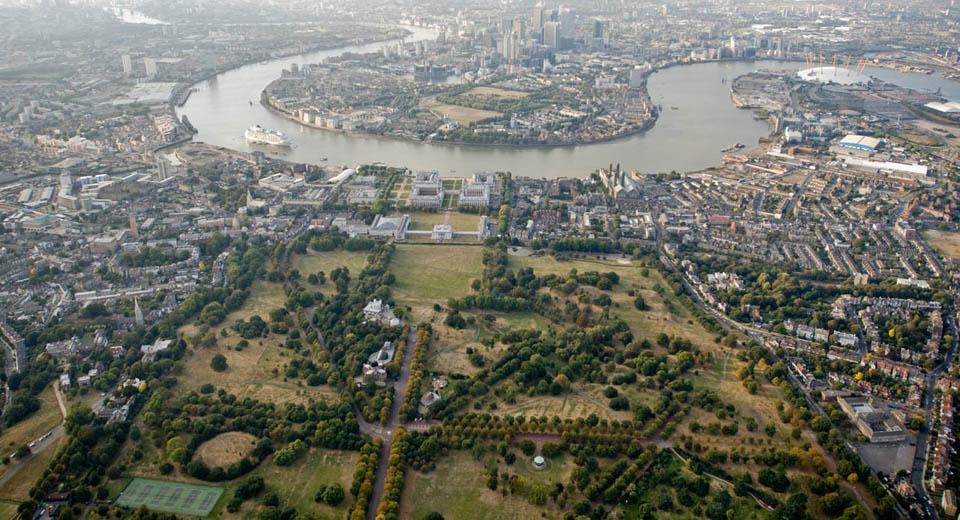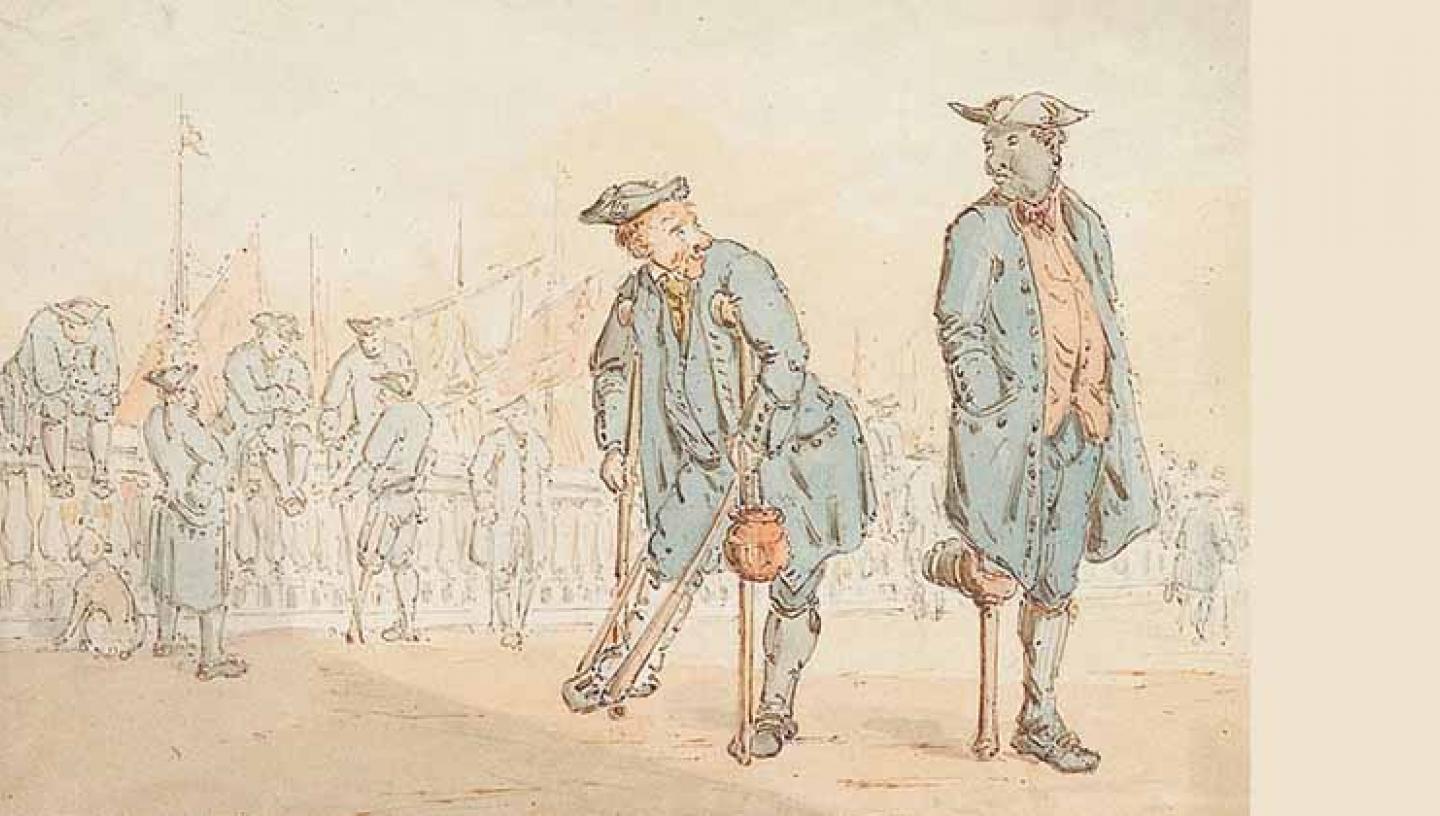
Essential Information
| Location | |
|---|---|
20 Aug 2016
On 23 August Steve Martin will join us to mark International Slavery Remembrance Day. He talks to us about his Greenwich Tour, Black Sailors and Scribes, looking at the lives of African sailors and their impact on Greenwich.
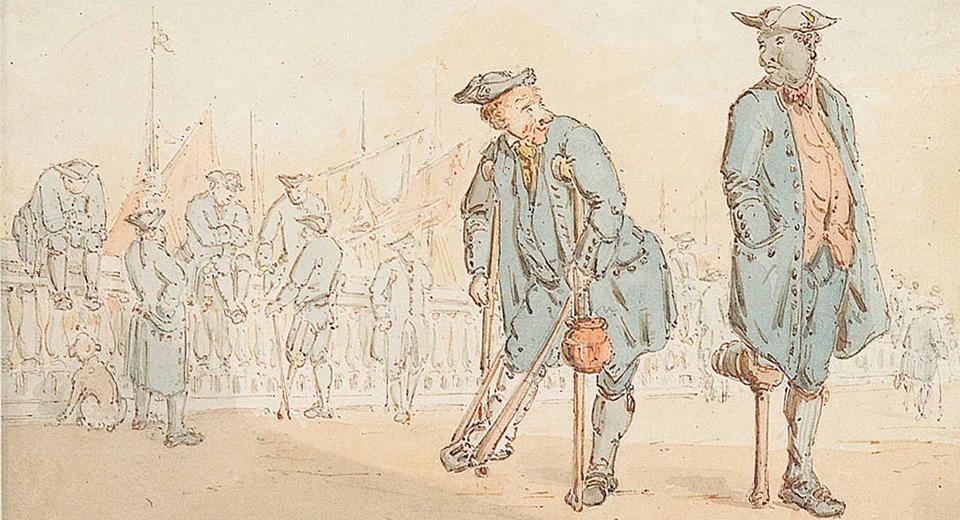
Positioned between the Royal Docks of Deptford and Woolwich, it was perhaps inevitable that Greenwich, with its Royal connections, seaman's hospital and stunning views would attract a variety of visitors and settlers during the 18th and 19th centuries.
Baptisms and burials at the church of St Alfege record the presence of many free and enslaved African men and women who lived in the parish in this period as well as local families who made fortunes directly from the trade in African lives or its ancillary industries.
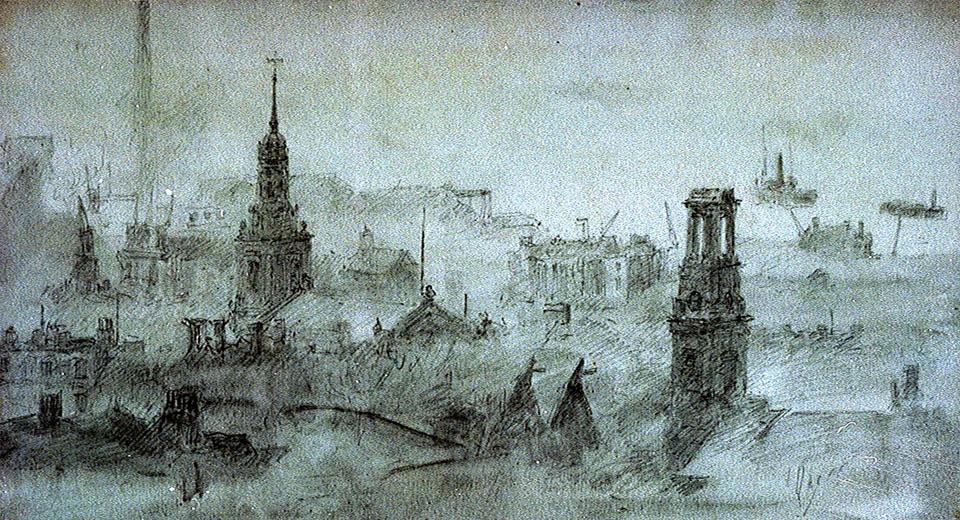
From Briton Hammon, Ottobah Cugoano, John Marrant and Robert Wedderburn, the majority of 18th and 19th century Black political leaders and writers in Britain were ex-seamen or had a maritime connection. Many of them passed through Greenwich.
Free Black sailors enjoyed opportunities denied to the majority of Africans in the Atlantic world. They were in a position to experience the diverse cultures of the African diaspora and note how they interacted with European colonial societies. As skilled, often literate and cosmopolitan freemen they found themselves in a position to be agents of change across three continents. Foremost amongst them was Olaudah Equiano who spent some of his youth around Greenwich Park. He would spend most of his life as a seaman, both enslaved and free and would go on to become a leading light in the abolition movement in Britain.
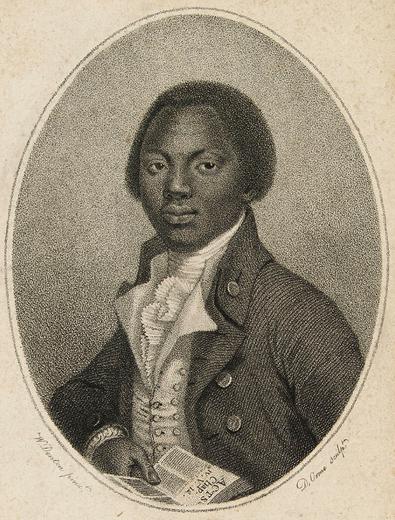
By the end of the 18th century there were close to a million slaves in the British Caribbean working about 3,000 hours a year. The result was 3,000 million hours free labour producing sugar, cotton and coffee. The population of England at that time was only five million.
Apart from Black mariners and their families we will encounter a member of the Senegambian aristocracy, a free Black Jamaican student, a Jamaican Trafalgar veteran and some of the most famous Black writers in 18th century Britain.
This walk across Greenwich Park will take us through the intersecting worlds of the slaver and the enslaved, sailors and the land-bound, and will demonstrate how the forced movements of African populations across the Atlantic impacted a small part of Kentish London and left impressions that are integral to the borough we recognise today.
To find out more about International Slavery Remembrance Day and this free walking tour, visit our website
